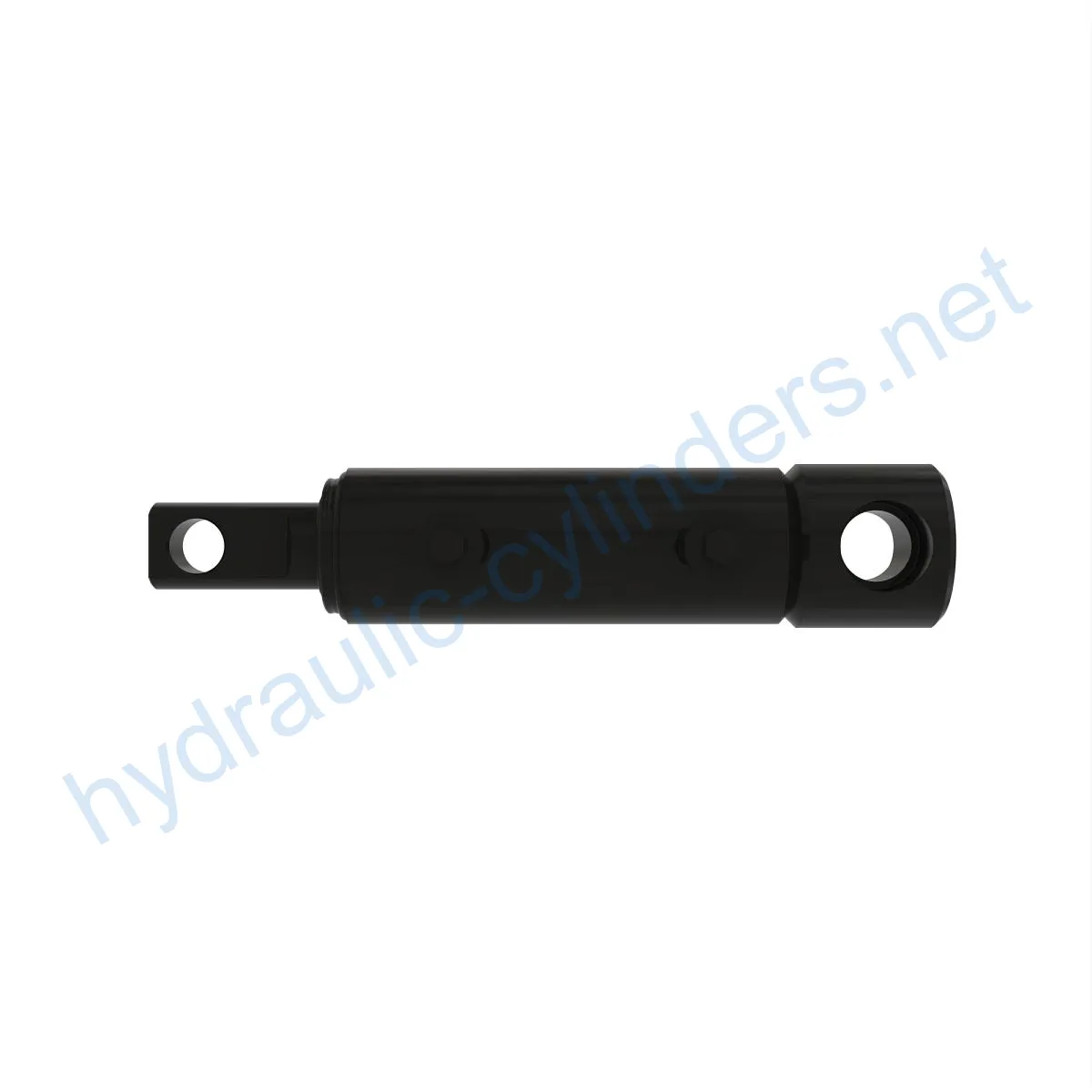Replacement Of AHC18431 Hydraulic Cylinder
In qualità di uno dei produttori, fornitori ed esportatori di prodotti meccanici, offriamo cilindri idraulici e molti altri prodotti.
Per maggiori dettagli, contattateci.
Posta:sales@hydraulic-cylinders.net
Produttore fornitore esportatore di cilindri idraulici.
Replacement Of AHC18431 Hydraulic Cylinder
The Replacement Of AHC18431 Hydraulic Cylinder is a type of hydraulic cylinder that can be used as a replacement for various models such as 2230FH, 2230LL, 2330 and 2430. This hydraulic cylinder has a weight of 7.66 lb, a height of 3.7 in, and a length of 11.4 in. It is an essential component for many machines and equipment that rely on hydraulic systems.
Definition and Function of Hydraulic Cylinder
A hydraulic cylinder is a mechanical actuator that is used to create a unidirectional force through a unidirectional stroke. It is used in various applications such as construction machinery, agricultural machinery, and industrial machinery. The hydraulic cylinder is responsible for converting fluid power into linear mechanical force and motion.
Specifications and Models
The Replacement Of AHC18431 Hydraulic Cylinder has a weight of 7.66 lb, a height of 3.7 in, and a length of 11.4 in. It can be used as a replacement for models such as 2230FH, 2230LL, 2330 and 2430.
Features
1. Improved Equipment Performance: By replacing damaged or worn hydraulic cylinders, the normal operational capacity of equipment is regained, ensuring its performance in various applications.
2. Enhanced Safety: Regular replacement of hydraulic cylinders can reduce safety hazards caused by cylinder failures, ensuring the safety of operators and equipment.
3. Overload Protection: New cylinder designs typically consider better overload protection mechanisms, enhancing safety.
4. Quick Installation: Modern hydraulic cylinders are designed for easy installation and replacement, reducing downtime.
5. Standardized Components: Many hydraulic cylinders are standardized products, making it easy to obtain replacement parts in the market.
Applications
1. Excavators: The hydraulic cylinder in the arm or bucket of an excavator may be damaged due to prolonged use or overload and needs to be replaced to restore normal operation.
2. Cranes: The hydraulic cylinder of the crane boom is prone to wear during frequent lifting and lowering and needs to be replaced regularly to ensure safety.
3. Tractors: The hydraulic cylinder in the front loader of a tractor may experience leaks or performance decline during constant lifting and tilting operations, requiring replacement.
4. Harvesters: During harvesting, the hydraulic system undergoes high pressure, and the cylinder may become damaged due to fatigue, requiring timely replacement to maintain work efficiency.
5. Automated Production Lines: Hydraulic cylinders are used to control robotic arms and other automated equipment. Cylinder failures can affect production efficiency, requiring immediate replacement.
Maintenance Tasks
1. Regular Inspection: Regular inspection of the hydraulic cylinder is essential to detect irregularities and prevent potential problems.
2. Proper Lubrication: Adequate lubrication is necessary to ensure the smooth operation of the hydraulic cylinder.
3. Seal Replacement: The hydraulic cylinder’s seals should be replaced at regular intervals to prevent leaks and ensure proper operation.
Installation Guide
1. Proper Alignment: During installation, proper alignment of the cylinder is crucial for optimal performance.
2. Use of Installation Support: The use of proper installation support can ensure that the cylinder is securely fixed.
3. Recommended Inspection, Repair, and Replacement Procedures: Following recommended inspection, repair, and replacement procedures can maintain optimal cylinder performance.
Safety Considerations
1. Safe Handling: Proper handling of the hydraulic cylinder is essential to prevent accidents and personal injuries.
2. Use of Proper Safety Equipment: The use of proper safety equipment such as gloves and goggles can reduce the risk of accidents during handling.
3. Safe Disposal: Proper disposal of used hydraulic cylinders should be followed to prevent environmental contamination.
Fault Diagnosis and Common Problems
1. Cylinder Leaks: The most common problem with hydraulic cylinders is leaks, which can be caused by damaged seals or worn piston rods.
2. Excessive Noise: Excessive noise during cylinder operation can be caused by air in the hydraulic system or misaligned components.
3. Slow Cylinder Movement: Slow cylinder movement can be caused by low hydraulic pressure, inadequate lubrication, or worn internal components.
Design Considerations and Selection Criteria
1. Load Capacity: Hydraulic cylinders should be selected based on the load capacity of the application.
2. Seal Integrity: The seal material should be chosen based on the application requirements for temperature, pressure, and fluid type.
3. Durability: Hydraulic cylinders should be designed with durable materials to withstand harsh operating conditions.
4. Safety: The design of hydraulic cylinders should prioritize safety features such as overload protection.
Sealing and Lubrication
1. Use of Sealing Components: The use of high-quality sealing components can prevent leaks and ensure proper operation.
2. Appropriate Seal Materials: Choosing appropriate seal materials such as polyurethane and nitrile rubber can enhance wear resistance.
3. Regular Lubrication: Regular lubrication is necessary to ensure the smooth operation of the hydraulic cylinder.
Company Introduction
We are a manufacturer of replacement hydraulic cylinders with a complete range of products. We have become one of the leading hydraulic cylinder manufacturers and wholesale distributors in the domestic and international markets. Our company provides professional, reliable, and customized services. We are certified by international standards and have advanced production equipment and excellent after-sales service.
Author: lyl
Visitate la nostra fabbrica VR:
Fate un tour della nostra fabbrica VR con quanto segue
Come funziona il cilindro idraulico del carrello elevatore?
Cilindro idraulico Applicazione:


